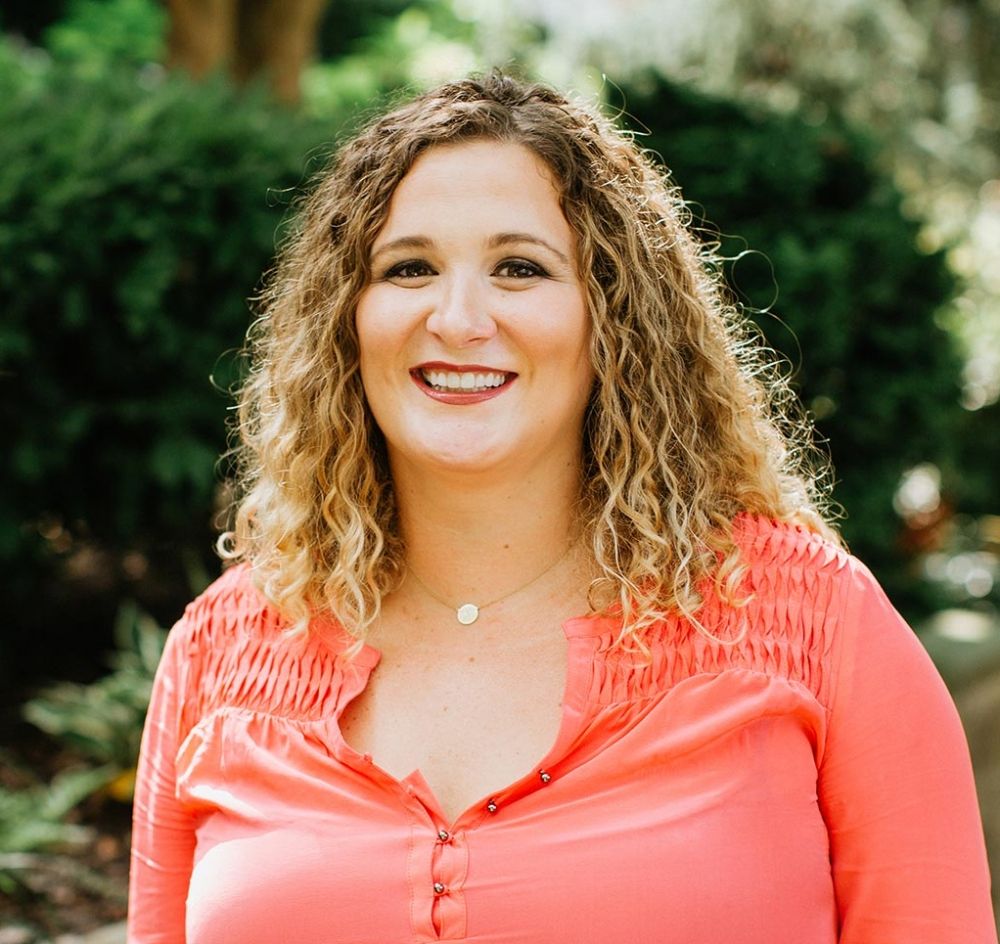After months of anticipation, the countdown to the 2019 Qualtrics X4 Summit finally arrived. My colleague Leslie Baldino and I (and more than 10,000 other conference attendees) made our way to Salt Lake City to hear from an all-star speaker line-up and learn about market research trends and innovations. The theme of Qualtrics X4 was breakthroughs – something we are always trying to help our clients achieve.
It probably goes without saying that seeing Barack Obama and Oprah were huge life moments for us. They, along with other keynote speakers like Sir Richard Branson, Adam Silver, and Ashton Kutcher shared inspirational words of wisdom about their own career (and life) breakthroughs. Ashton Kutcher (somewhat surprisingly) gave one of my favorite tidbits of advice when he told us there is no substitute for manners and good old-fashioned hard work. But ultimately, what we were there for was the research … and Qualtrics did not disappoint.
We learned how big brands are using market research and Qualtrics to track key brand metrics. The insights that were shared reinforced our company’s core belief in the criticality of asking the right questions, in the right way, at the right time. Case studies of corporations such as Toys “R” US, Sears, and Wordperfect reminded us that tracking the wrong metrics—or failing to track the right ones, depending on how you look at it—can create an irreversible disaster from a fixable problem.
I have always referred to Qualtrics as an online survey platform. I couldn’t help but notice, however, that Qualtrics brands itself not as an online survey tool, but as an “Experience Management Platform” – an intentional positioning that was hammered home throughout the presentations at X4. So, the conference turned into an opportunity to not only learn about research trends but also to see some great branding in action. Check out Qualtrics’ core brand mantra:

It’s not a logo, or a clichéd tagline, or even a product-ID statement. It is a benefits-oriented statement about what the company can do for its customers. It helps us at SimpsonScarborough know that we are using the types of tools that align with the way that we approach market research and how we want to serve our own clients. For Qualtrics and the companies (like us) that use its products, the distinction between being an online survey platform versus an experience management platform is an important one.
Here’s an example: We use Qualtrics to help our clients define their brands and track key metrics that support them. Many institutions we work with ask us to create benchmark measures of brand equity that we can then measure against three years or five years later. That’s important. But more and more, we are also asking, what happens during the in-between? How can we use research in new ways to help our clients understand and evolve with a higher education landscape that is shifting from being driven by the transactional to being built by the experiential?
We returned from X4 thinking about how we could offer our clients problem-solving experience-management tools. For example, pulse surveys, which help track brand metrics with key audiences in real time, get a deeper read on the true impact of their efforts, and help identify any potential problems while they can still be easily fixed.
As we were returning from X4, news broke of the Varsity Blues college admissions scandal, bringing several big names in higher ed into the headlines (and not in a good way). We all know that crises happen, but what if we could offer our clients a cost-effective way to measure how both negative and positive events impact those critical brand metrics? How can we tie changes to these metrics to specific events (both the good and the bad)?
Big brands like Nike can tell you their NPS scores for various audience segments at any point in time, and they can tell you what is driving that NPS score. More and more companies are realizing the value of experience management and experience driven brands. When it comes down to it, higher ed is exactly that – an experience-driven industry – so we’ve got to pay more attention to these trends, learn from corporate case studies, and understand how higher ed can adapt to evolving customer expectations. A big question we are grappling with is how to do this in an affordable way, knowing budgets are a bit different at Nike than they are for most of our clients!
That is what we are chewing on at SimpsonScarborough – and we are all excited to continue the conversation and explore new ideas regarding experience management with our partner institutions. We will keep you posted with new developments!











